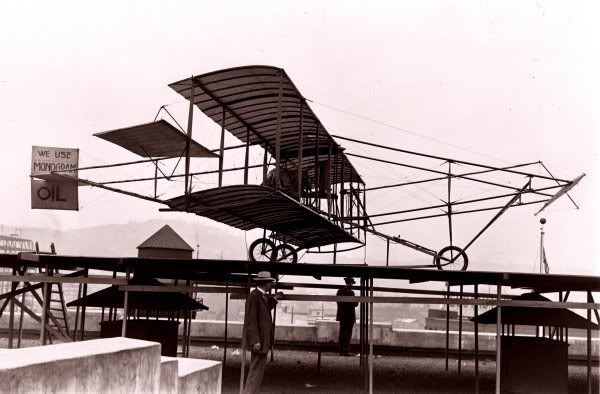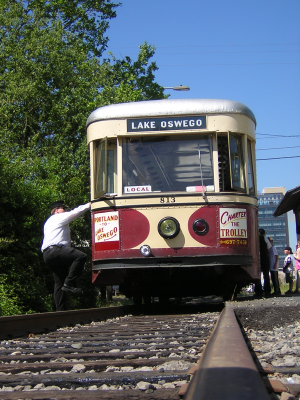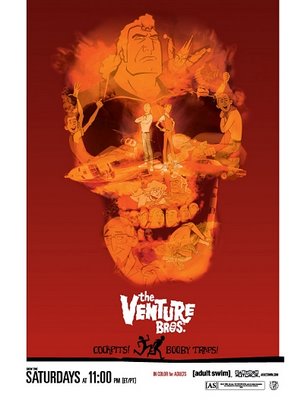
I experienced a second episode when aforementioned Collision and I grabbed a 6er on the way home from the more upstanding Basement Pub after it closed (it closes at 1:30, giving the intelligent inebriate one full hour before beer-thirty to procure after-hours entertainments). Upon viewing the opening credits with sound, it only took few stanzas into the theme for me to declare, "this is J. G. Thirlwell!"

J.G. Thirlwell, of course, is a musical fave of mine since shadowy past days of high school. At the time I was an insufferably devoted NIN/Minstry fanboy and was looking for more of the same ilk. Thirlwell's work, all under the various Foetus monikers, was not the same ilk (nor, as it turned out, was PWEI, which also remains my other musical fave). I dabbled in several Foetus albums, but I recall the Sink album, consisting of old singles and various instrumental pieces, being the first to really get under my skin.
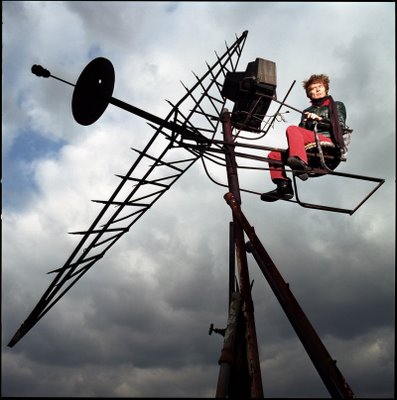
Around my senior year of high school Thirlwell's first and only album for Sony came out: a Foetus disc entitled Gash. That album rocked. It rocked even more when I became a sexually frustrated college freshman, the de facto soundtrack to my year of dorm life. This fit all the better when Thirlwell interviewed and said Gash was about a breakup.
I believe I may have never seen another episode of the Venture Brothers on television, but Collision was way into the show, and would pass along tidbits when the fancy struck him. We both pined for the dvd release. Collision later related to me that investigations had revealed none other than Ben Endlund was also involved in the Venture Brothers

Ben Endlund is the artistic and writing genius behind the Tick comic book, which I had read in the even more mist-enshrouded and spooky days of middle school, and, of course, watched the still rather bizarre, surreal, what-the-hell-is-this-doing-on-TV-anyways Tick animated series on Fox when I was in high school.
When Venture Bros., Season One finally hit dvd last month, I didn't notice. I was busy setting myself up for heartbreak by falling for Dirk Nowitzski and Josh Howard. But when that was over, I was ecstatic to find out that a TV series I'd seen one actual episode of (the muted one doesn't count), scored by one youth hero, written by another, well then, dammit, I'm going to the viddy rental store!
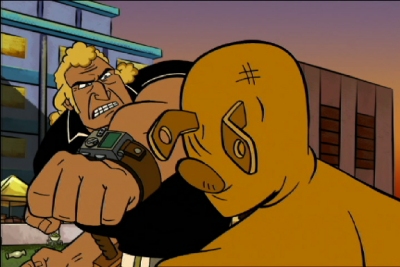
13 episodes of bliss.





